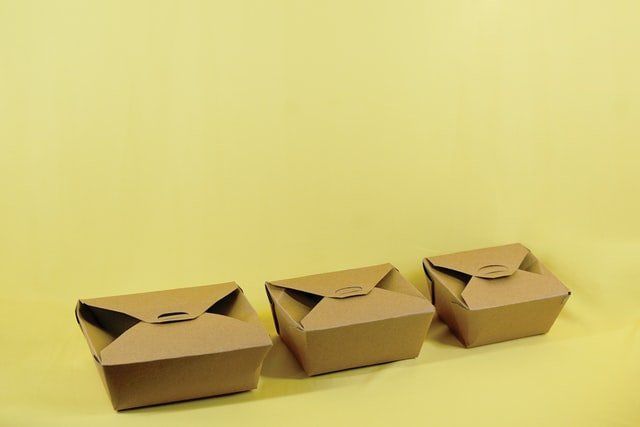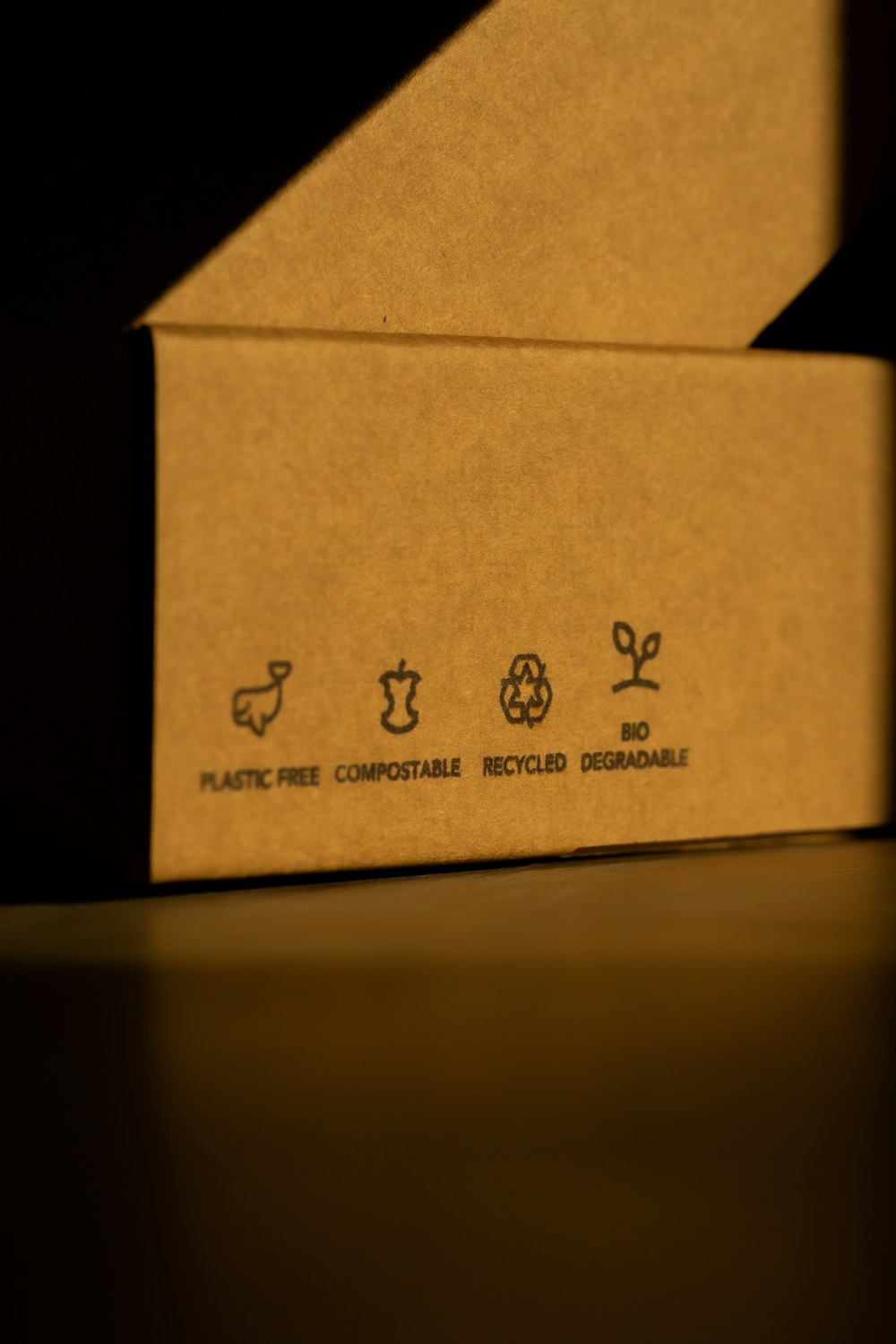How Leading Food Companies Package Their Products

Photo by Agenlaku Indonesia @ unsplash
Packaging is an important aspect for any business dealing with physical goods. How you package your goods can either entice buyers to make a purchase or completely discourage them from doing so. Packaging is also the means of communicating the content of your goods to the consumers so that they can know what they're getting into.
However, packaging in the food industry is much more important than that. First, packaging food helps protect them from contamination. The package acts as the barrier between such goods and the contaminants. Also, the packaging makes it easier to transport or ship food items without damaging them. The significance of packaging design cannot be overstated, as it plays a crucial role in not only safeguarding the contents but also in visually communicating the brand identity and attracting consumers with its aesthetic appeal.
Second, just like for other products, food packaging is where you communicate to the consumers the contents of the food. This is a requirement in most states. For example, in the USA, The Center for Disease Control and Prevention requires that the food manufacturer displays health and nutritional information about the food on the packaging. Lastly, food packaging is also a good tool for marketing when done right. You, therefore, want to cash in on that for your food company.
Although food packing has to meet the above basic needs, it's still a sector that's subject to a lot of change. For example, most companies are currently adopting eco-friendly, sustainable packaging to show their contribution toward environmental protection and restoration. Thus, it's essential as a business to stay on top of such trends.
Here are ways leading food companies today package their products:
1. They Adopt Sustainable Packaging
The increase in the popularity of climate change has led to customers being more aware of their carbon footprint and contribution to environmental pollution. Today, consumers are trying to reduce their waste production, especially plastic. This has inevitably forced companies to join the cause.
Hence, more and more organisations are coming up with ways to reduce waste production. This has, therefore, led to the use of eco-friendly packaging in place of plastic. Such types of packaging include the paper cups used by companies like Starbucks. Meanwhile, other top companies have reduced their packaging size to lessen the number of materials they use. Also, some companies are coming up with recyclable packaging, which will help reduce their waste production. Consider incorporating these branding elements into custom printed shipping boxes, ensuring that your packaging becomes a powerful tool for reinforcing your brand identity and attracting potential customers.
If you're a start-up, eco-friendly packaging is something you should consider adopting. Other than it being popular among leading companies, studies have shown that customers may decline to purchase your food because you aren't using sustainable packaging. Therefore, to secure maximum possible sales, you may want to lean towards eco-friendly packaging ideas.
2. They Personalise Their Packaging
As mentioned above, the packaging is an important element of marketing your goods. Leading companies have realised this and have gone the extra mile of personalising their products to leverage their marketing.
An excellent example of personalised food packaging is when Coca Cola named its bottles after people. This campaign solicited a lot of excitement as consumers were specifically looking for a bottle with their names.
There are many other ways to personalise your food packaging. All you have to do is ensure your target audience feels seen, heard, and as though they’re part of your community. That way, you package not only your food, but also market your brand.
3. They Maximise The Use OF Technology In Their Food Packaging
Technology has grown so much that it's in almost every facet of people’s everyday lives. That said, top food companies are taking advantage of technology. They’re integrating technology, like near field communication (NFC), QR codes, and other smart labels, into their food packaging.
These technologies are being used to give consumers more information on the company. This is a strategy to replace the writings on the food packaging. However, it's also being used to create interactive food packaging, as will be discussed in the next point.
4. They Use Interactive Food Packaging
Businesses are increasingly becoming customer-centric now more than before. Today, there's a growing customer demand to know the story behind brands, especially those in the food industry.
Top companies are meeting this demand through the use of technology, offering brand storytelling with their interactive food packaging. They create videos that tell their story, and then embody the video in the form of a QR code. When the consumers scan the code, they can access the video, which directs them to the story of how the company came into existence. This is also a good time to incorporate information that can be great selling points for your brand. For example, your company is eco-friendly, or your products are 100% organic.
An example of a top food company using interactive food packaging is Pepsi. The company produced limited editions of bottles with NFC tags and QR codes. The technology directs the consumer to the official Pepsi website, where they tell the brand's story.
5. They Use Transparent Packaging
Since food is a sensitive issue, most people purchase what they can see. As such, you increase your chances of selling your products if you use a transparent material for your packaging.
Other than that, transparency also means being honest about the nutritional content of your food. For instance, if the food contains high calories, transparency demands that you mention it and not suggest otherwise.
Top companies use transparency in food packaging to build trust with their consumers and push sales.
6. They Adopt Minimalist Food Packaging
Previously, food packaging had a lot of decorations to entice consumers. However, that’s already outdated. Top companies today are leaning more towards minimalistic packaging.
One of the advantages of minimalistic food packaging is that it appears clean and neat, which everyone wants with their food. Additionally, when the packaging is minimalistic in style, it tends to look high-end, giving out a luxurious vibe that people might connect with topnotch quality, leading to more sales.
Wrapping It Up!
Food packaging has been evolving just like any other element of business. Today, leading companies in the food industry are using eco-friendly, sustainable types of packaging. They’ve also personalised the packaging as a marketing tool. These companies are also integrating technologies, such as QR codes and NFC tags, to create interactive food packaging, among other strategies. These and more strategies than the ones discussed above are vital if your business is looking to cut through the competition. To become the best, you've got to do what the best are doing.
About Author: Dr. Diana Will is an expert in the food science and packing industry. She has over 30 years of experience offering guidance in primary, secondary, and tertiary packaging. Her expertise is specifically in thermoformed packaging and oxygen barrier packaging. As such, her work has given her authority in the industry to write research papers and think pieces, such as this one on matters of food packaging.
Leaderonomics.com is an advertisement free website. Your continuous support and trust in us allow us to curate, deliver and upkeep the maintenance of our website. When you support us, you allow millions to continue reading for free on our website. Will you give it today? Click here to support us.
Business
Tags: Hard Talk, Consultant Corner
This article is published by the editors of Leaderonomics.com with the consent of the guest author.









